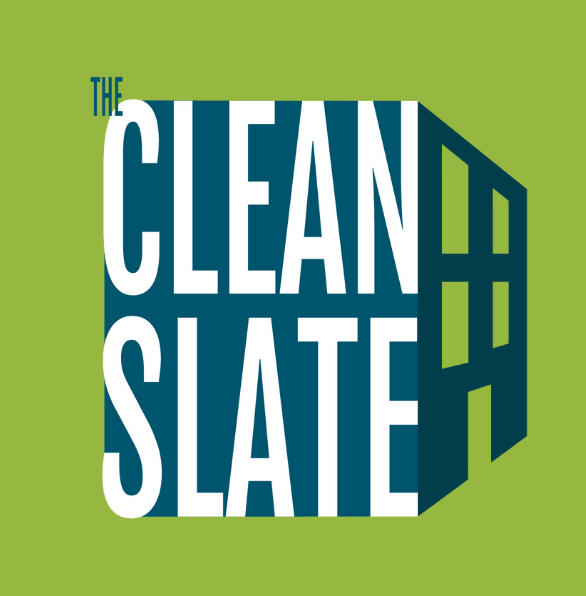Filter by
Subjects
Category
Type
The Business Case for Comfort | The Q3 Building Intelligence Index
Optimize your building for occupancy, indoor air quality, comfort, experience, and energy efficiency. The Q3 Building Intelligence Index explores the business case […]
New Insights on Fire Barriers in Upholstered Furniture
Discover novel fire barrier technologies that prioritize fire and chemical safety Chemical Insights Research Institute (CIRI), a unit of UL Research Institutes, […]
Deploying Occupancy Sensors Across Your Campus Office Space
Space management isn’t just about tracking occupancy—it’s about aligning data with strategy. This book walks facilities teams through every stage, from stakeholder […]
Best Practices & Key Considerations for Fire Detection & Suppression in Electric Vehicle Charging Areas
Explore best practices and key considerations for implementing fire detection and suppression systems in electric vehicle charging areas
Research on Electronic Nicotine Delivery Systems (ENDS)
Dr. Roby Greenwald, Assistant Professor at GSU, explains ENDS research and preliminary findings
Vaping on Campus: What the Research Says on Emissions and Potential Health Impacts
Learn about what CIRI’s research has found out about the potential health risks of vaping to users and bystanders.
Making Healthier Buildings
Ventilation and filtration are foundational principles in healthy buildings. FMs are often burdened with reducing operating costs, and a prime target is […]
Designing Workplace Environments for Well-being, Inclusivity and Efficiency
In this episode, we delve into the evolving landscape of workplace dynamics with host Matthew Tucker, IFMA’s Director of Research alongside Dr. […]
Exploring the Impact of Extreme Heat on Human Health
This webinar provides insight into the growing threat of extreme heat and its impact on public health. Experts share data on rising […]
Plants for Productivity and Happiness | The Clean Slate
We took a deep dive into the fascinating world of biophilic design with expert Paige Tisdale. Paige, a biophilic designer and educator, […]











